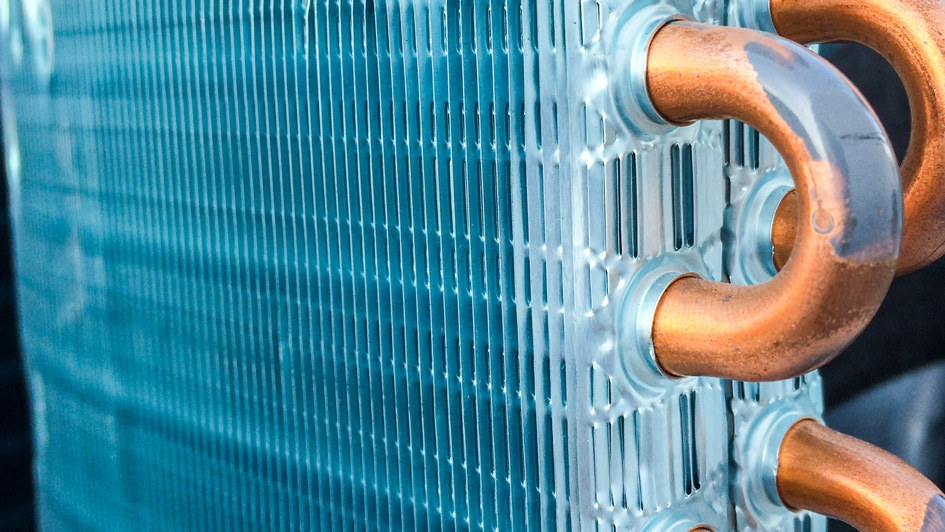
A furnace is almost always a background player for your home, keeping you warm in the cold winter months. It often doesn’t get noticed until something breaks down.
One root cause could be that your furnace has a cracked heat exchanger. It’s a potentially dangerous issue, so it’s critical to familiarize yourself with the signs of a cracked heat exchanger and what you can do if you suspect that may be the problem.
What Is a Heat Exchanger in a Furnace?
A heat exchanger helps transition heat from the combustion chamber of your furnace to the air that flows throughout the system. It typically accomplishes this through coils or tubes that heat up the air while functioning as a barrier to keep byproducts produced in the combustion chamber, called flue gasses, from getting out into your home.
Is a Cracked Heat Exchanger Dangerous?
Because of its key role, it’s no surprise that a broken heat exchanger can be very dangerous. A damaged heat exchanger can permit dangerous gasses – including carbon monoxide, which can be lethal – to flow throughout your home.
For that reason, do NOT run your furnace if you believe you're dealing with a cracked heat exchanger, as this could make the entire household sick. Call an HVAC professional right away if you are worried your heating has a cracked heat exchanger that should be repaired.
Four Warning Signs of a Cracked Heat Exchanger:
- Furnace shuts off: A cracked heat exchanger can cause your furnace to turn off.
- Strange Smells: If the air leaving your furnace has an intense chemical odor, it may be evidence gasses are seeping through cracks in your heat exchanger. These byproducts, which will often smell like formaldehyde, are a significant warning sign.
- Carbon monoxide alarm initiates or you recognize poisoning symptoms: If a cracked heat exchanger is releasing carbon monoxide in your home, your carbon monoxide alarm should go off or household members might struggle with signs of carbon monoxide poisoning. Symptoms include headaches, dizziness, weakness, nausea, vomiting or feeling drowsy. If the alarm goes off or you feel sick, exit the home right away and then call for help.
- Soot: If you notice black sooty collecting around the exterior of your furnace, it’s more evidence something may be seriously wrong.
What to Do if the Furnace Heat Exchanger is Cracked
If you worry your furnace has a cracked heat exchanger, contact a pro with extensive experience in furnace installation Ames right away so they can examine your system and, if needed, perform a furnace heat exchanger replacement. Costs will vary depending on the situation, but estimates can roughly suggest $1,000 to $3,000.
However, the good news is that heat exchangers are often covered by the warranty. It's a good idea to check the warranty paperwork on your furnace, as while the warranty may not cover the entire cost of repairs, it can significantly lower your bill.
How to Avoid a Cracked Heat Exchanger in Your Home
One of the most convenient ways to prevent a problem in your furnace overall is via consistent furnace maintenance. Furnaces provide the best possible return on investment when they operate efficiently. Calling a trained professional to check your furnace for old parts, clogs in the air filters and other likely problems can help you avoid getting a big bill later on.
It’s also helpful to review your furnace filters every few months – it’s recommended some filters be replaced every 90 days or sooner if they are dirty or grimy. While the filters aren't a part of the heat exchanger itself, the strain of drawing air through a clogged filter makes your entire furnace work harder to do its job. And the harder your furnace needs to run, the more strain pieces like the heat exchanger will experience.
